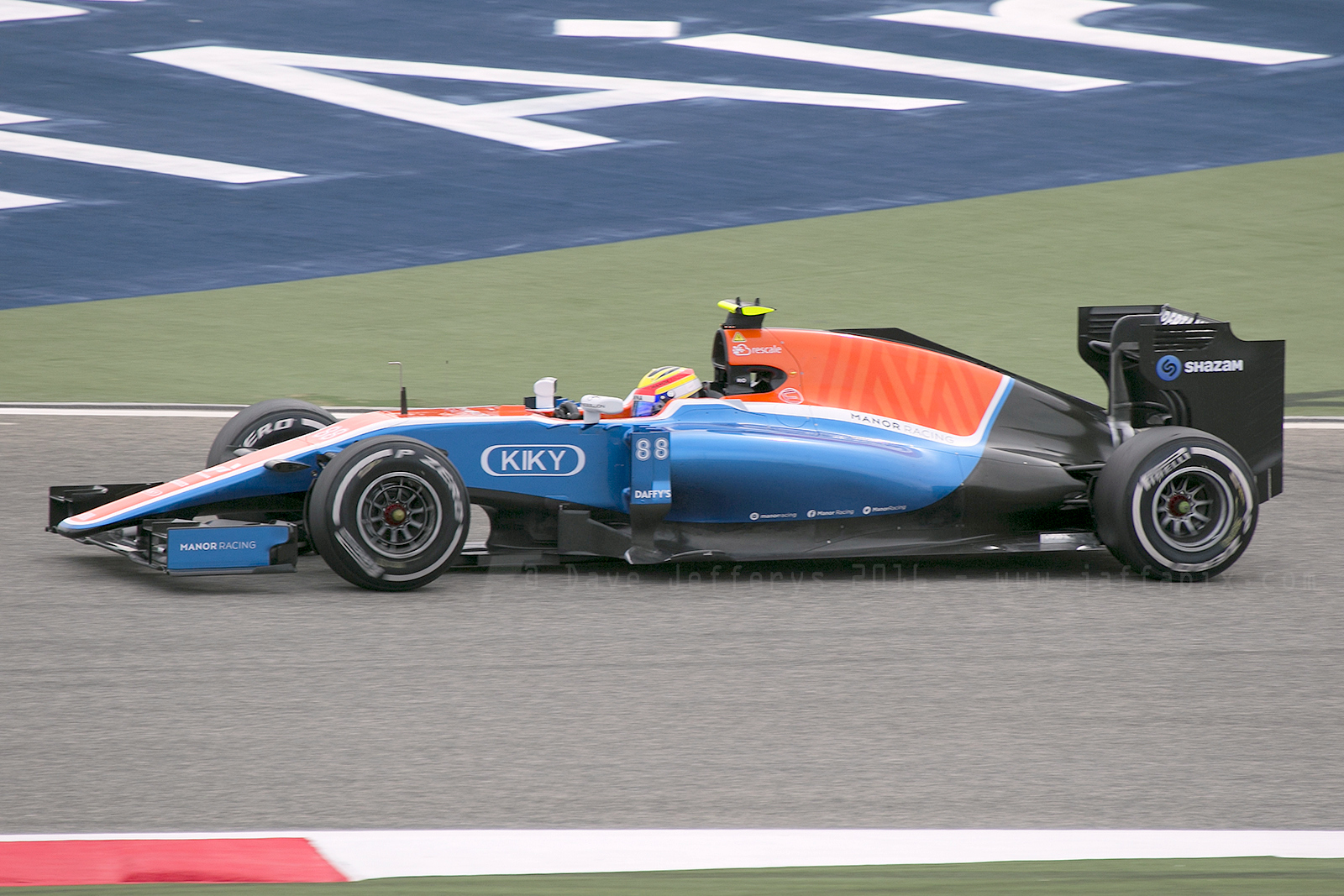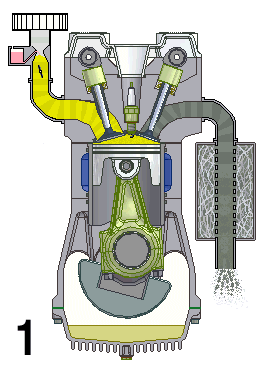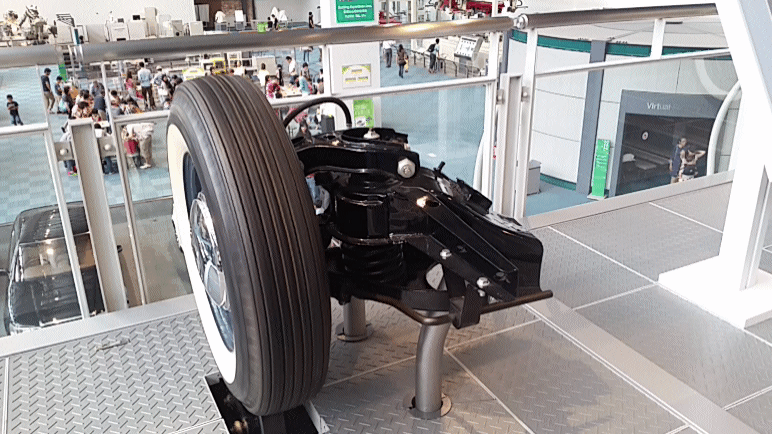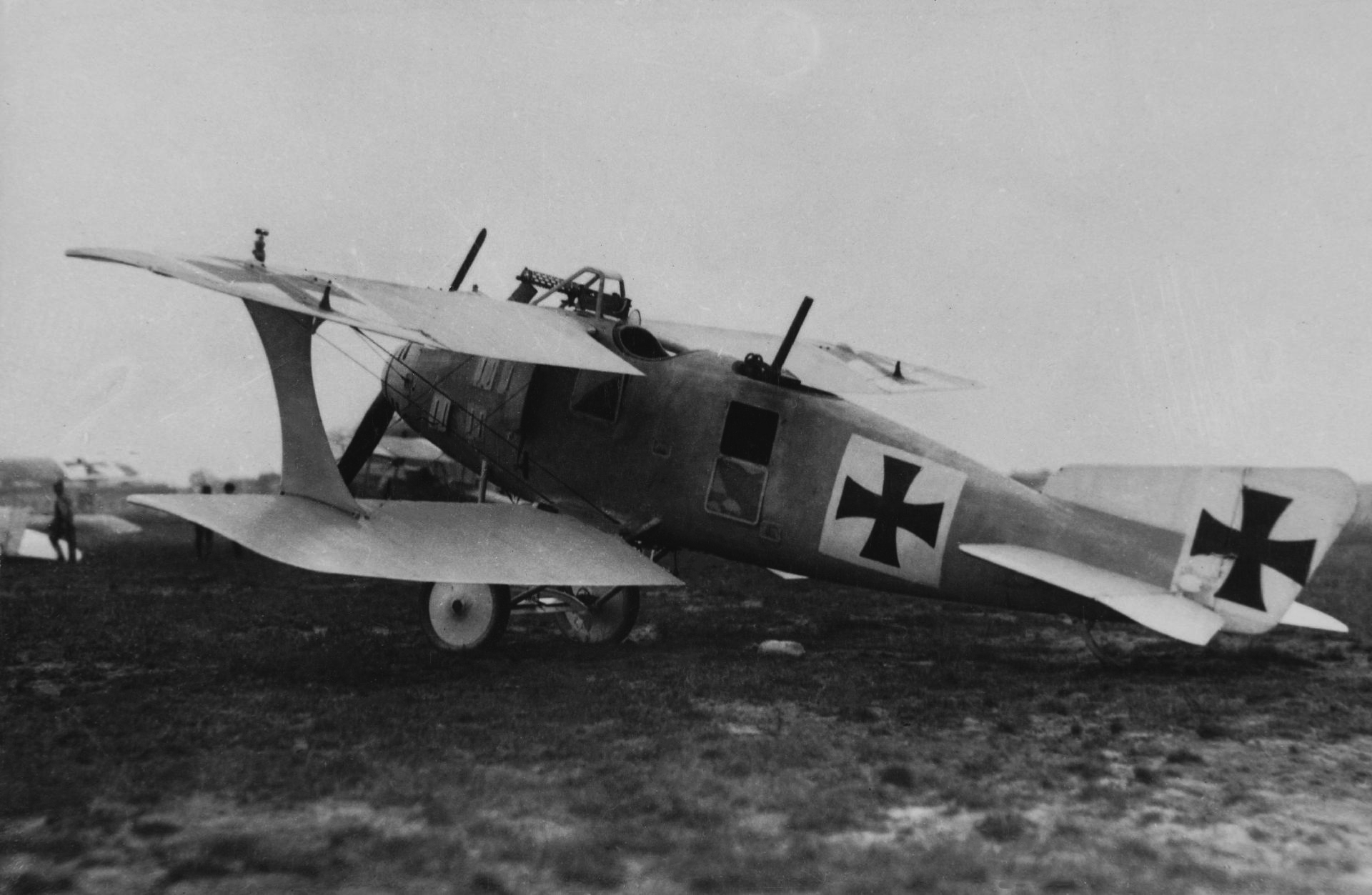|
Lotus 79
The Lotus 79 is a Formula One car designed in late 1977 by Colin Chapman, Geoff Aldridge, Martin Ogilvie, Tony Rudd, Tony Southgate and Peter Wright (racing car designer), Peter Wright of Team Lotus, Lotus. The Lotus 79 was the first F1 car to take full advantage of ground effect in cars, ground effect aerodynamics. Over the span of its lifetime, the Lotus 79 took 7 wins, 10 pole positions, 121 points and won the last drivers' and constructors' world championships for Lotus. The 79 is credited with pushing Formula One into the modern aerodynamics era. After Rubens Barrichello drove the 79 at the Goodwood Festival of Speed in 2000, he spoke of its "phenomenal grip and traction", and stated that "it felt like a modern Grand Prix car". Development The Lotus 79's ground effect in cars, ground effect aerodynamics were pioneered in its immediate predecessor, the Lotus 78. The undercar pressure problems in the 78 were resolved with the 79, with further design work on the Venturi ... [...More Info...] [...Related Items...] OR: [Wikipedia] [Google] [Baidu] |
Brands Hatch
Brands Hatch is a motor racing circuit in West Kingsdown, Kent, England, United Kingdom. Originally used as a grasstrack motorcycle circuit on farmland, it hosted 12 runnings of the British Grand Prix between 1964 and 1986 and currently hosts many British and International racing events. The venue is owned and operated by Jonathan Palmer's MotorSport Vision organisation. Circuit Brands Hatch offers two layout configurations. The "Indy Circuit" layout is located entirely within a natural amphitheatre offering spectators views of almost all of the shorter configurations from wherever they watch. The "Grand Prix" layout has played host to several Formula One Grands Prix, including those with moments such as Jo Siffert's duel with Chris Amon in and 1992 World Driver's Champion Nigel Mansell's first win in . Noise restrictions and the proximity of the Grand Prix loop to local residents mean that the number of race meetings held on the extended circuit is limited to just a fe ... [...More Info...] [...Related Items...] OR: [Wikipedia] [Google] [Baidu] |
Jean-Pierre Jarier
Jean-Pierre Jacques Jarier (; born 10 July 1946) is a French former racing driver, who competed in Formula One from to . Jarier contested 143 Formula One Grands Prix for March, Shadow, ATS, Ligier, Lotus, Tyrrell, and Osella. He achieved three podiums and three pole positions across 12 seasons. Early career Jean-Pierre Jacques Jarier was born on 10 July 1946 in Charenton-le-Pont, near Paris. After competing in Formula France, he moved up to French Formula Three, finishing 3rd overall in 1970, before moving on to the Shell Arnold European Formula Two team in 1971. He peaked with two 3rd places, and also made his Grand Prix debut at Monza when the team rented a March Engineering 701. However, the team dropped him midway through 1972 for financial reasons. For 1973 he signed to the March Engineering Formula Two team, and was also given a Formula One seat by the outfit. Formula One was difficult in the uncompetitive 721G, but Jarier stormed to the Formula Two title with ei ... [...More Info...] [...Related Items...] OR: [Wikipedia] [Google] [Baidu] |
Mid-engine
In automotive engineering, a mid-engine layout describes the placement of an automobile engine in front of the rear-wheel axles, but behind the front axle. History The mid-engine, rear-wheel-drive format can be considered the original layout of automobiles. A 1901 Autocar was the first gasoline-powered automobile to use a drive shaft and placed the engine under the seat. This pioneering vehicle is now in the collection of the Smithsonian Institution. Benefits Mounting the engine in the middle instead of the front of the vehicle puts more weight over the rear tires, so they have more traction and provide more assistance to the front tires in braking the vehicle, with less chance of rear-wheel lockup and less chance of a skid or spin out. If the mid-engine vehicle is also rear-drive the added weight on the rear tires can also improve acceleration on slippery surfaces, providing much of the benefit of all-wheel-drive without the added weight and expense of all-wheel-drive co ... [...More Info...] [...Related Items...] OR: [Wikipedia] [Google] [Baidu] |
Naturally Aspirated
A naturally aspirated engine, also known as a normally aspirated engine, and abbreviated to N/A or NA, is an internal combustion engine in which air intake depends solely on atmospheric pressure and does not have forced induction through a turbocharger or a supercharger. Description In a naturally aspirated engine, air for combustion (Diesel cycle in a diesel engine or specific types of Otto cycle in petrol engines, namely Gasoline direct injection, petrol direct injection) or an air/fuel mixture (traditional Otto cycle petrol engines), is drawn into the engine's cylinder (engine), cylinders by atmospheric pressure acting against a Vacuum, partial vacuum that occurs as the piston travels downwards toward Dead centre (engineering), bottom dead centre during the intake stroke (engine), stroke. Owing to innate restriction in the engine's inlet tract, which includes the Inlet manifold, intake manifold, a small pressure drop occurs as air is drawn in, resulting in a volumetric effici ... [...More Info...] [...Related Items...] OR: [Wikipedia] [Google] [Baidu] |
V8 Engine
A V8 engine is an eight- cylinder piston engine in which two banks of four cylinders share a common crankshaft and are arranged in a V configuration. Origins The first known V8 was the Antoinette, designed by Léon Levavasseur, and built in 1904 by the French Antoinette company for use in speedboat racing, cars, and later, airplanes. Also in 1904, V8 engines began small-scale production by Renault and Buchet for use in race cars. Design V-angle Most engines use a V-angle (the angle between the two banks of cylinders) of 90 degrees. This angle results in good engine balance, which results in low vibrations. However, the downside is the greater width of the engine compared to those that use a smaller V-angle. V8 engines with a 60-degree V-angle were used in the 1996–1999 Ford Taurus SHO, the 2005–2011 Volvo XC90, and the 2006–2009 Volvo S80. The Ford engine used a 60-degree V-angle because it was based on a V6 engine with a 60-degree V-angle. ... [...More Info...] [...Related Items...] OR: [Wikipedia] [Google] [Baidu] |
Cosworth DFV
The DFV is an internal combustion engine that was originally produced by Cosworth for Formula One motor racing. The name is an abbreviation of ''Double Four Valve'', the engine being a V8 development of the earlier four-cylinder FVA, which had four valves per cylinder. Its development in 1967 for Colin Chapman's Team Lotus was sponsored and funded by major American automotive manufacturer Ford. For many years it was the dominant engine in Formula One, with the whole engine program funded by Ford's European division, Ford Europe and engines badged as "Ford" for Formula One championship races. DFVs were widely available from the late 1960s to the mid 1980s and were used by every specialist team in F1 during this period with the exception of Ferrari, Alfa Romeo, Renault, BRM and Matra, who all designed, produced and ran their own engines. Variants of this engine were also used in other categories of racing, including CART, Formula 3000 and sports car racing. The engine is a 90 ... [...More Info...] [...Related Items...] OR: [Wikipedia] [Google] [Baidu] |
Ford Motor Company
Ford Motor Company (commonly known as Ford) is an American multinational corporation, multinational automobile manufacturer headquartered in Dearborn, Michigan, United States. It was founded by Henry Ford and incorporated on June 16, 1903. The company sells automobiles and commercial vehicles under the List of Ford vehicles, Ford brand, and luxury cars under its Lincoln Motor Company, Lincoln brand. The company is listed on the New York Stock Exchange under the single-letter ticker symbol F and is controlled by the Ford family (Michigan), Ford family. They have minority ownership but a plurality of the voting power. Ford introduced methods for large-scale manufacturing of cars and large-scale management of an industrial workforce using elaborately engineered manufacturing sequences typified by moving assembly lines. By 1914, these methods were known around the world as Fordism. Ford's former British subsidiaries Jaguar Cars, Jaguar and Land Rover, acquired in 1989 and 2000, r ... [...More Info...] [...Related Items...] OR: [Wikipedia] [Google] [Baidu] |
Radius Rod
A radius rod (also called a radius arm, torque arm, torque spring, and torsion bar) is a suspension link intended to control wheel motion in the longitudinal (fore-aft) direction. The link is connected (with a rubber or solid bushing) on one end to the wheel carrier or axle, on the other to the chassis or unibody of the vehicle. Radius rods are typically mounted ahead of the wheel. In that position they resist dive under braking forces and wheel hop under acceleration. Radius rods are also sometimes used in aircraft with fixed (non retractable) undercarriages. Radius rods in aircraft must be regularly inspected because their failure will cause unrestrained swerving of the wheel. Radius rods are customarily made of stamped steel or aluminum for lightness, as they are part of the vehicle's unsprung weight. Improvements in composite materials technology make possible plastic suspension links, although they are still uncommon. Other suspension components can be made to act as r ... [...More Info...] [...Related Items...] OR: [Wikipedia] [Google] [Baidu] |
Shock Absorber
A shock absorber or damper is a mechanical or hydraulics, hydraulic device designed to absorb and Damping ratio, damp shock (mechanics), shock impulses. It does this by converting the kinetic energy of the shock into another form of energy (typically thermal energy, heat) which is then dissipated. Most shock absorbers are a form of dashpot (a damper which resists motion via viscous friction). Description Pneumatic and hydraulic shock absorbers are used in conjunction with cushions and springs. An automobile shock absorber contains spring-loaded check valves and orifices to control the flow of oil through an internal piston (see below). One design consideration, when designing or choosing a shock absorber, is where that energy will go. In most shock absorbers, energy is converted to heat inside the viscous fluid. In hydraulic cylinders, the hydraulic fluid heats up, while in Pneumatic cylinder, air cylinders, the hot air is usually exhausted to the atmosphere. In other types of ... [...More Info...] [...Related Items...] OR: [Wikipedia] [Google] [Baidu] |
Spring (device)
A spring is a device consisting of an Elasticity (physics), elastic but largely rigid material (typically metal) bent or molded into a form (especially a coil) that can return into shape after being compressed or extended. Springs can Energy storage, store energy when compressed. In everyday use, the term most often refers to coil springs, but there are many different spring designs. Modern springs are typically manufactured from spring steel. An example of a non-metallic spring is the Bow (weapon), bow, made traditionally of flexible Taxus baccata, yew wood, which when Bow draw, drawn stores energy to propel an arrow. When a conventional spring, without stiffness variability features, is compressed or stretched from its resting position, it exerts an opposing force approximately proportional to its change in length (this approximation breaks down for larger deflections). The ''rate'' or ''spring constant'' of a spring is the change in the force it exerts, divided by the cha ... [...More Info...] [...Related Items...] OR: [Wikipedia] [Google] [Baidu] |
Double Wishbone Suspension
A double wishbone suspension is an independent suspension design for automobiles using two (occasionally parallel) wishbone-shaped arms to locate the wheel. Each wishbone or arm has two mounting points to the chassis and one joint at the knuckle. The shock absorber and coil spring mount to the wishbones to control vertical movement. Double wishbone designs allow the engineer to carefully control the motion of the wheel throughout suspension travel, controlling such parameters as camber angle, caster angle, toe pattern, roll center height, scrub radius, scuff ( mechanical abrasion), and more. Implementation The double-wishbone suspension can also be referred to as "double A-arms", though the arms themselves can be A-shaped or L-shaped. A single wishbone or A-arm can also be used in various other suspension types, such as variations of the MacPherson strut. The upper arm is usually shorter to induce negative camber as the suspension jounces (rises), and often this arrangement ... [...More Info...] [...Related Items...] OR: [Wikipedia] [Google] [Baidu] |
Monocoque
Monocoque ( ), also called structural skin, is a structural system in which loads are supported by an object's external skin, in a manner similar to an egg shell. The word ''monocoque'' is a French term for "single shell". First used for boats, a true monocoque carries both tensile and compressive forces within the skin and can be recognised by the absence of a load-carrying internal frame. Few metal aircraft other than those with milled skins can strictly be regarded as pure monocoques, as they use a metal shell or sheeting reinforced with frames riveted to the skin, but most wooden aircraft are described as monocoques, even though they also incorporate frames. By contrast, a semi-monocoque is a hybrid combining a tensile stressed skin and a compressive structure made up of longerons and ribs or frames. Other semi-monocoques, not to be confused with true monocoques, include vehicle unibodies, which tend to be composites, and inflatable shells or balloon tanks, both of whi ... [...More Info...] [...Related Items...] OR: [Wikipedia] [Google] [Baidu] |









